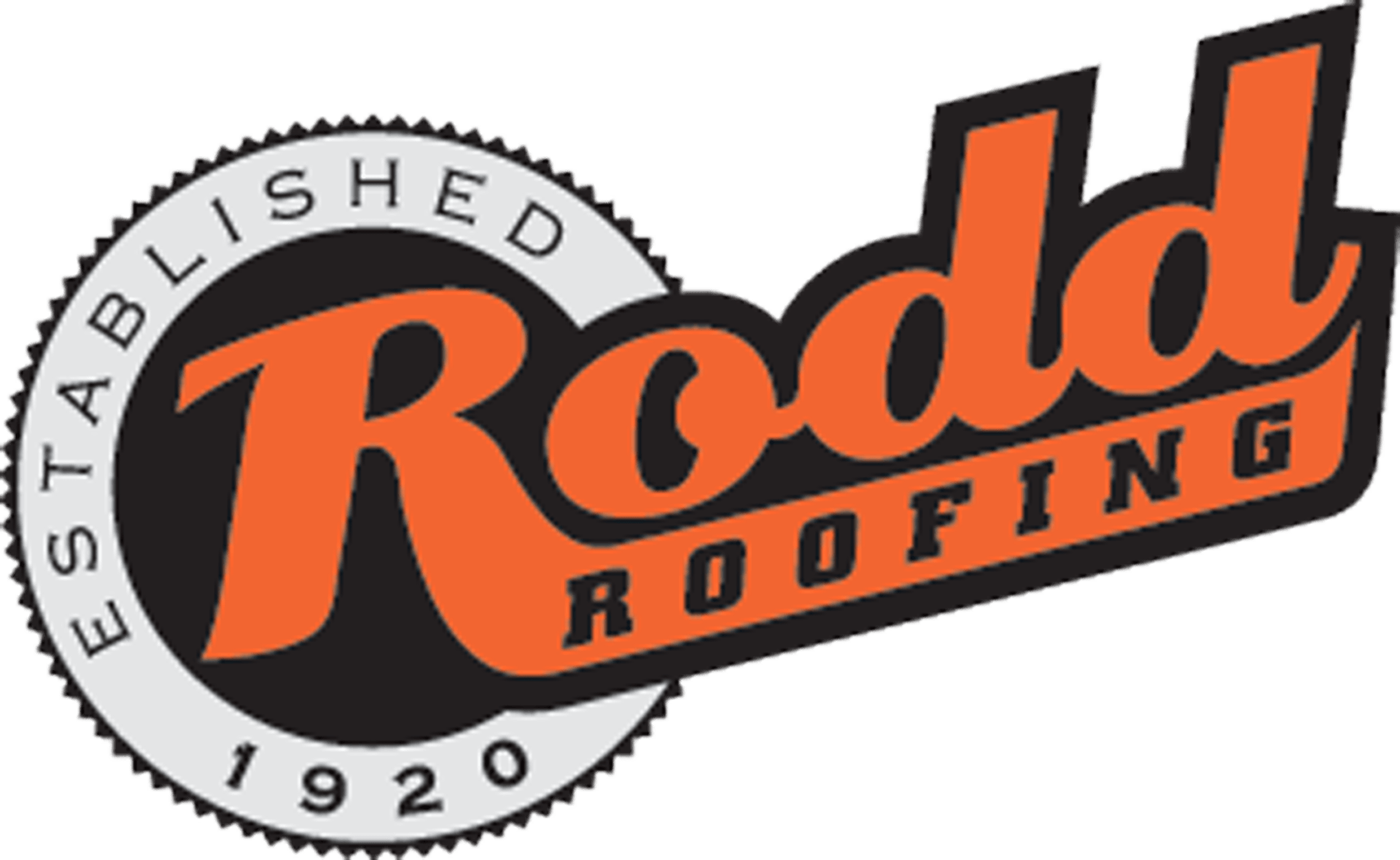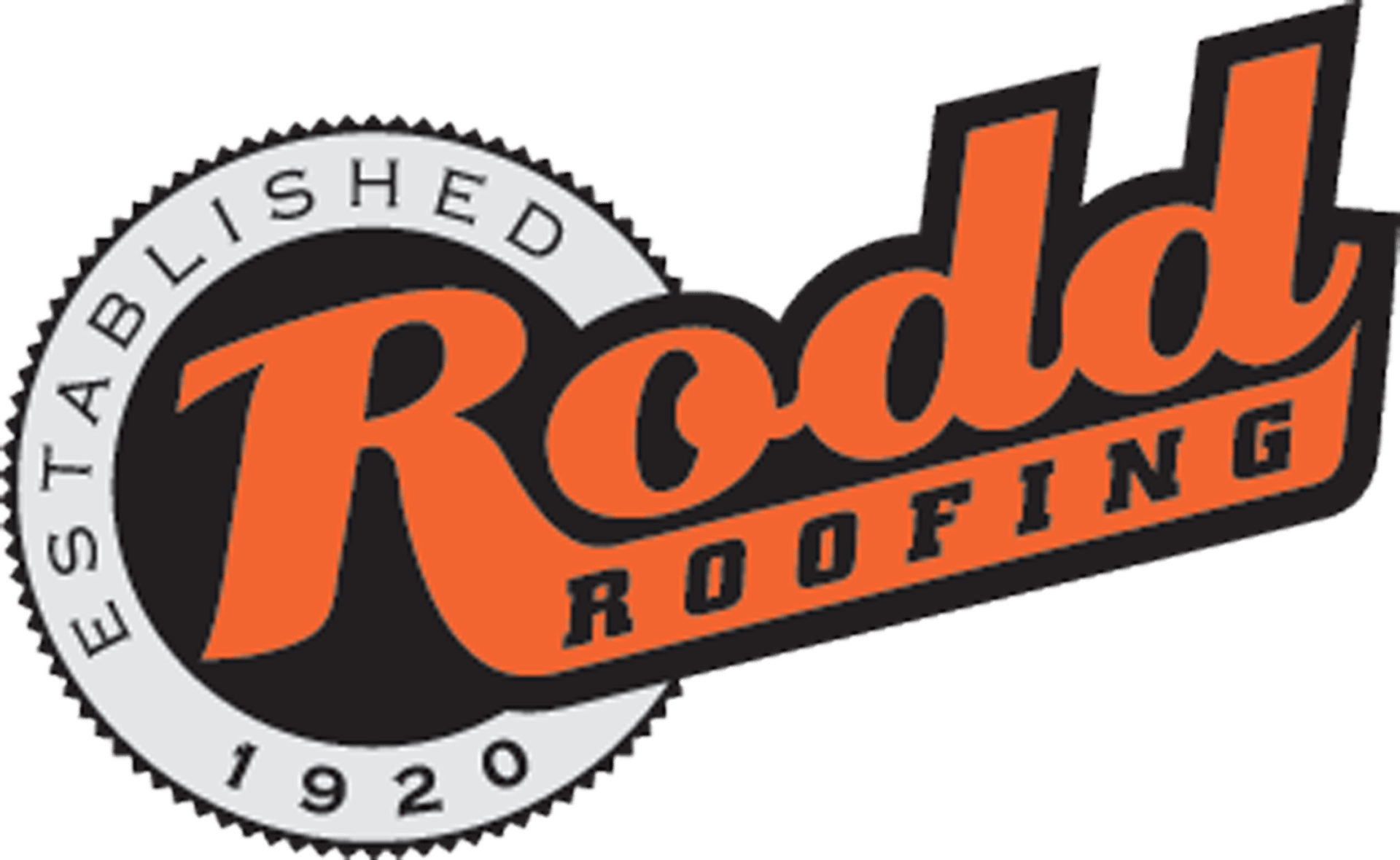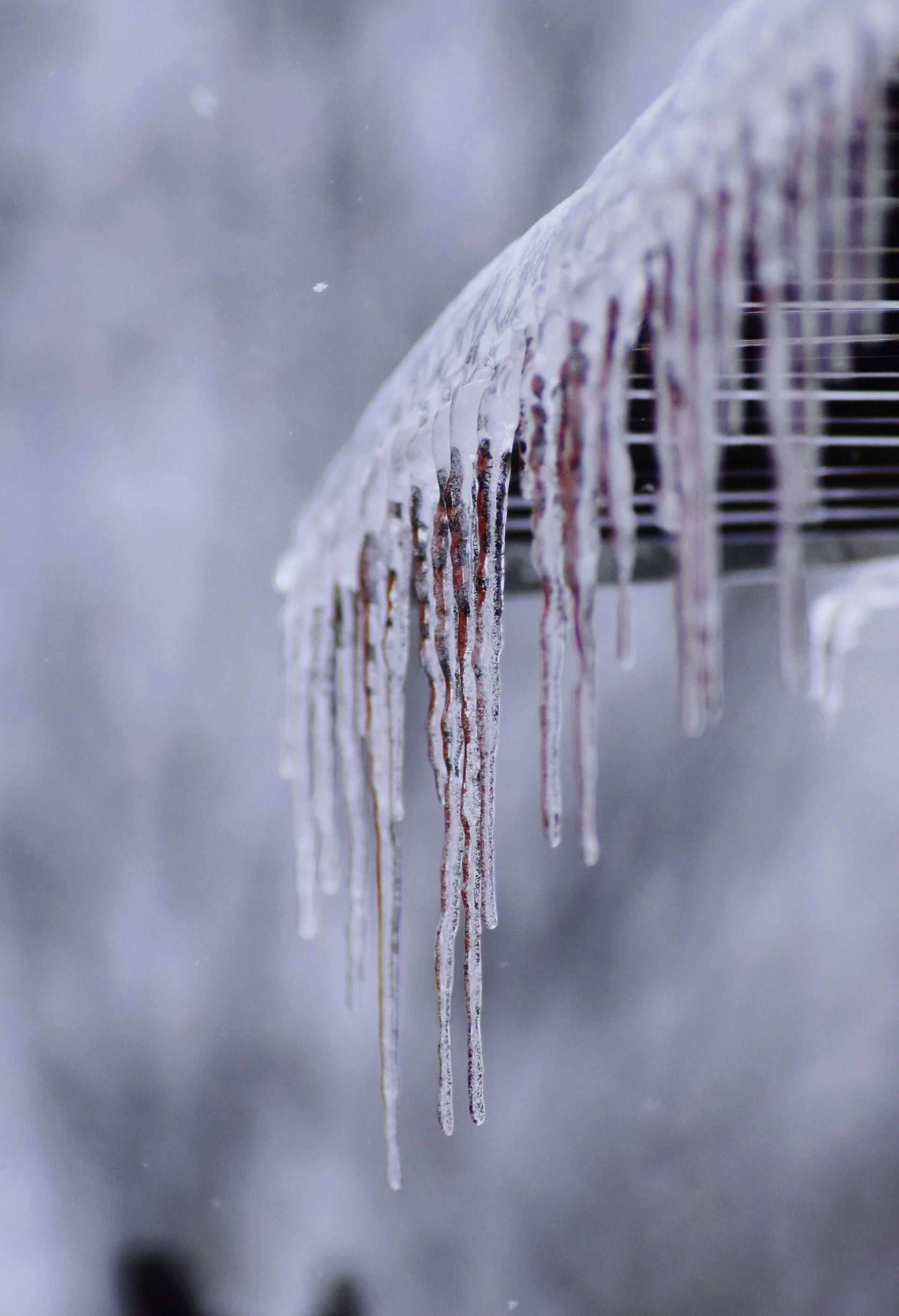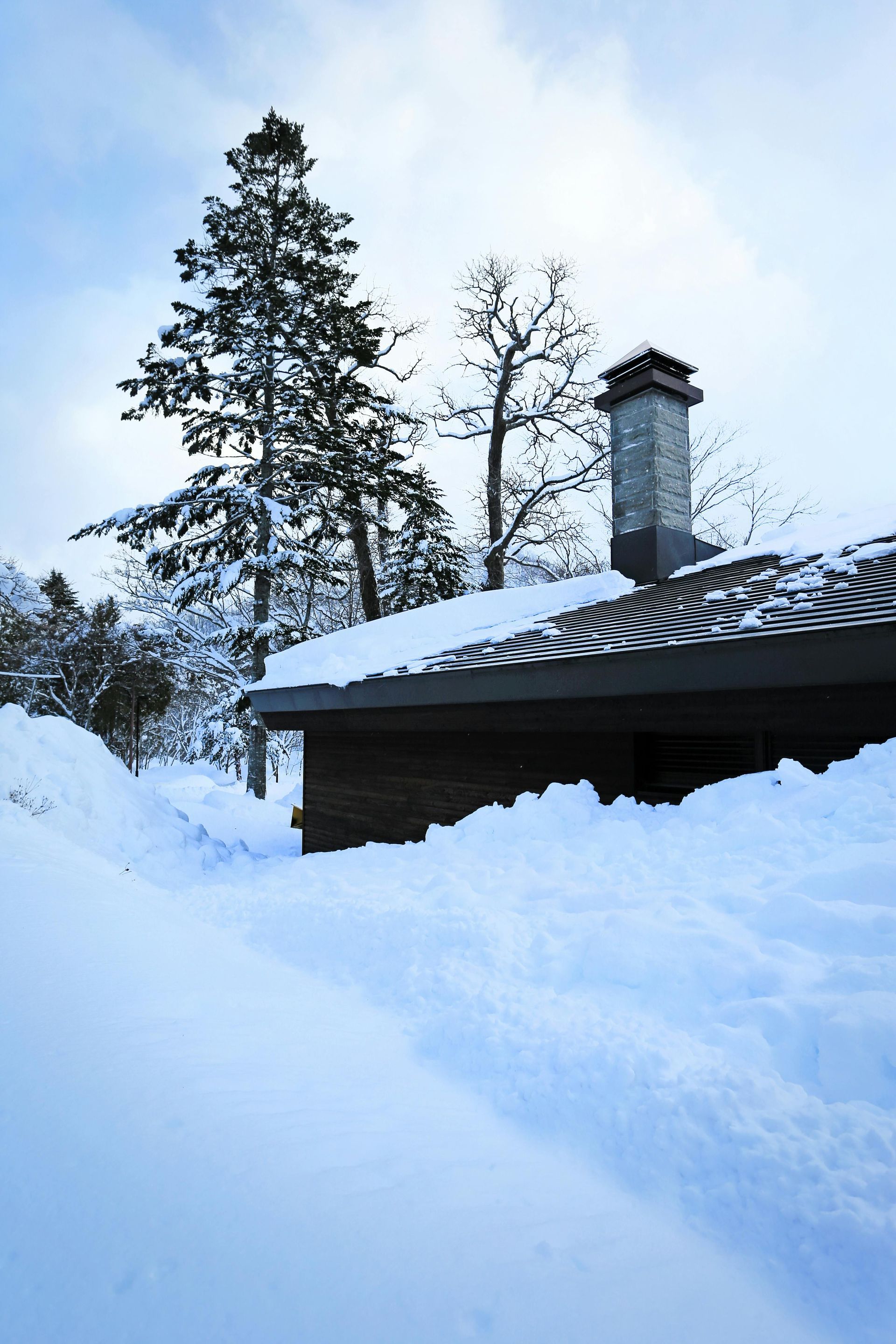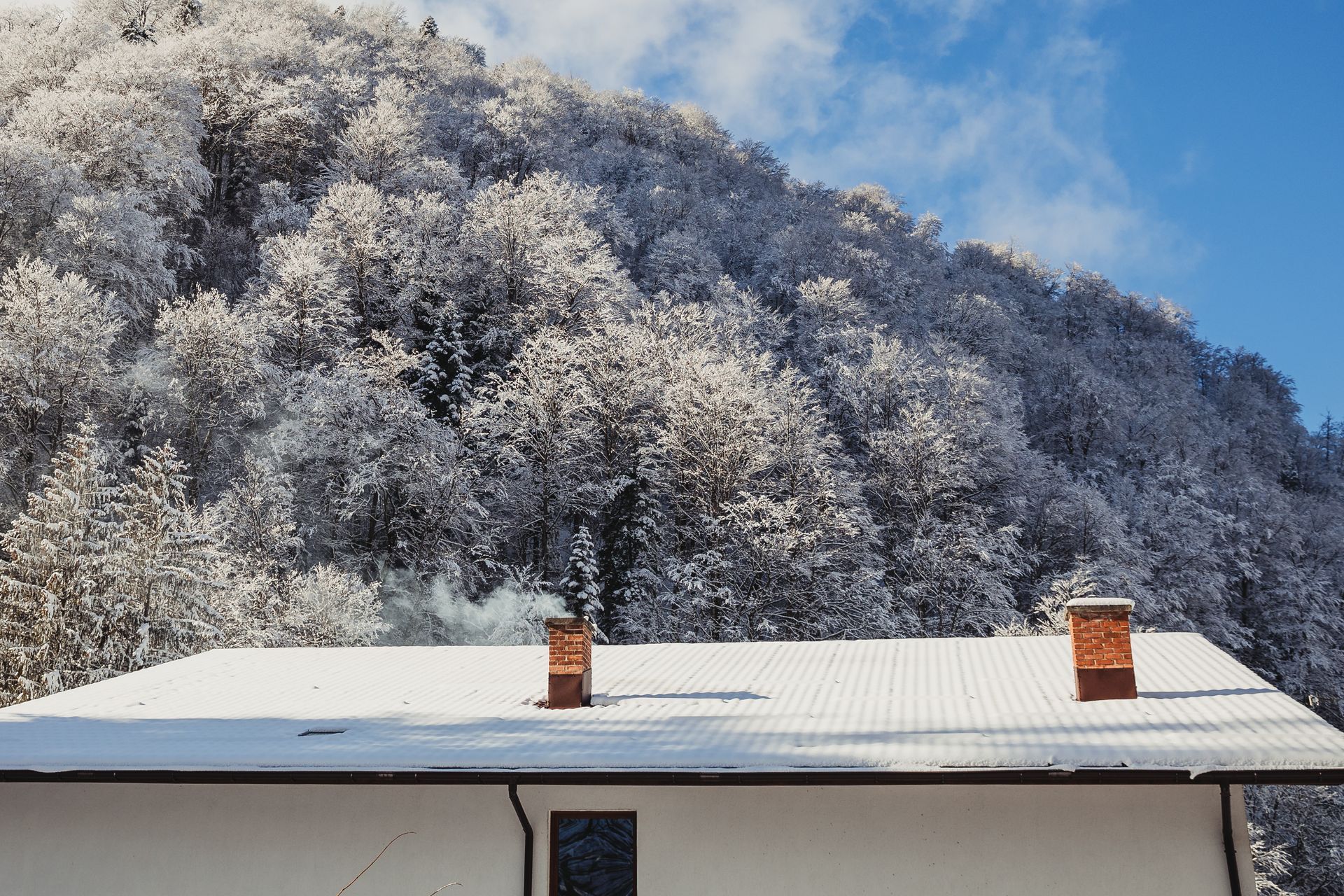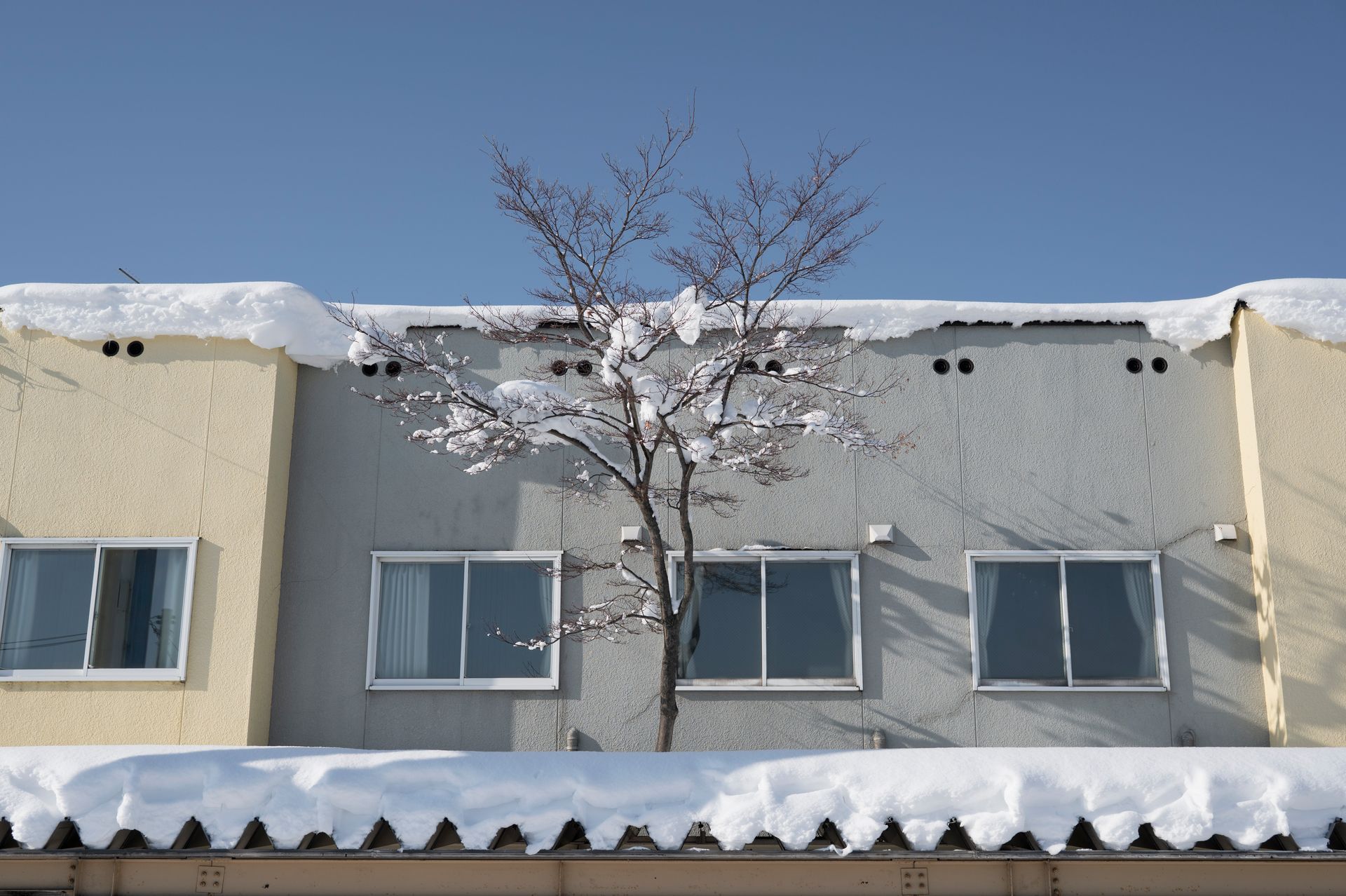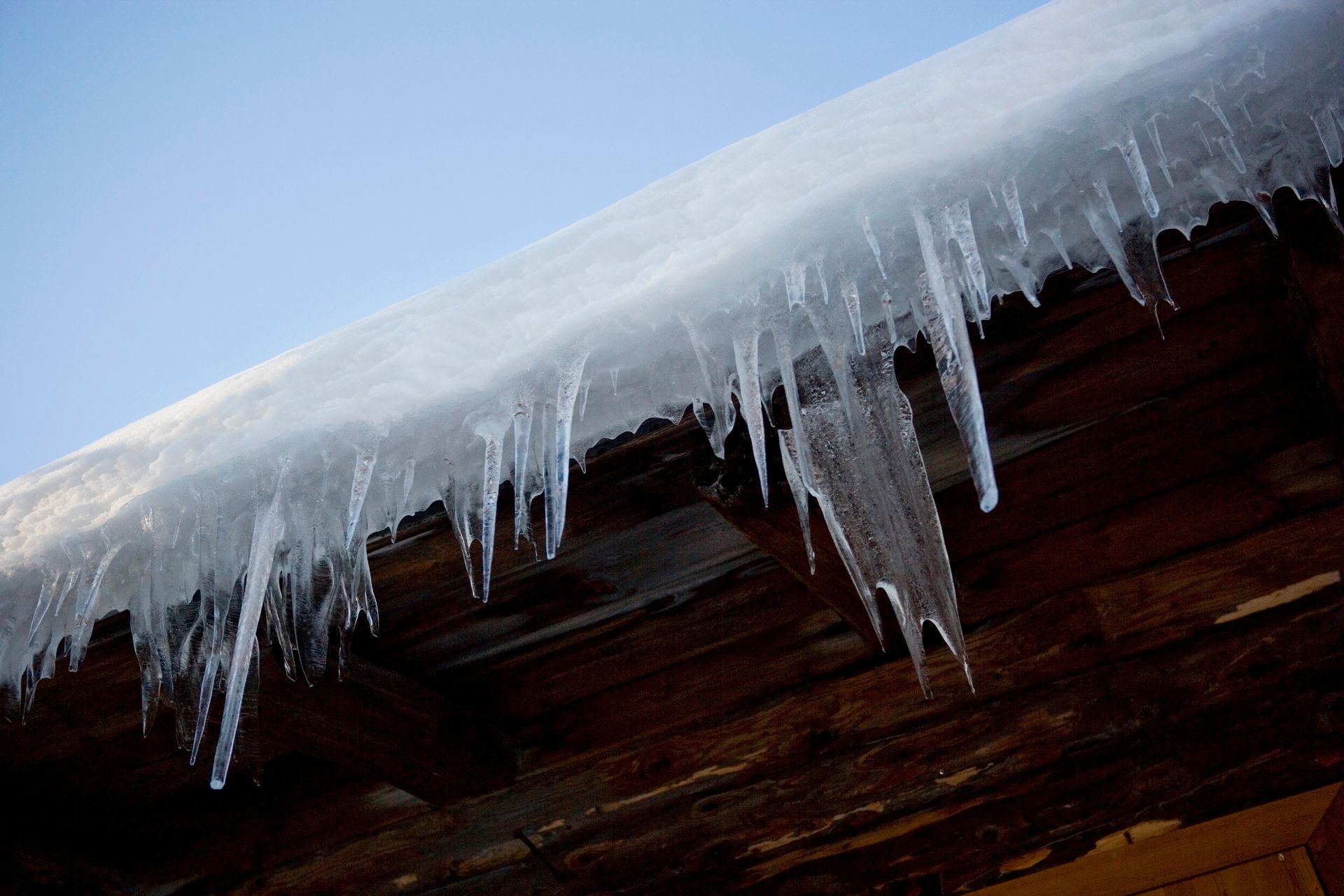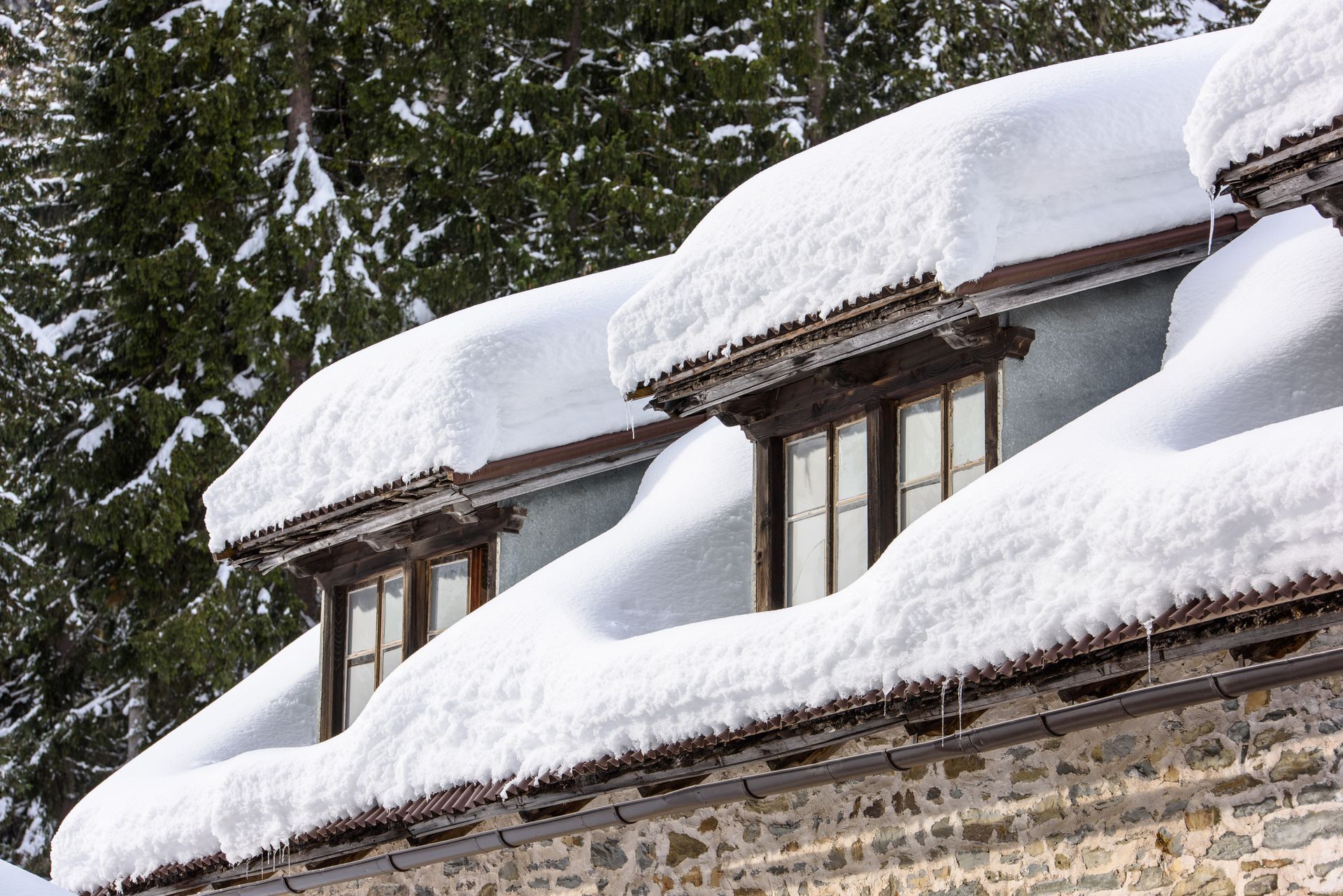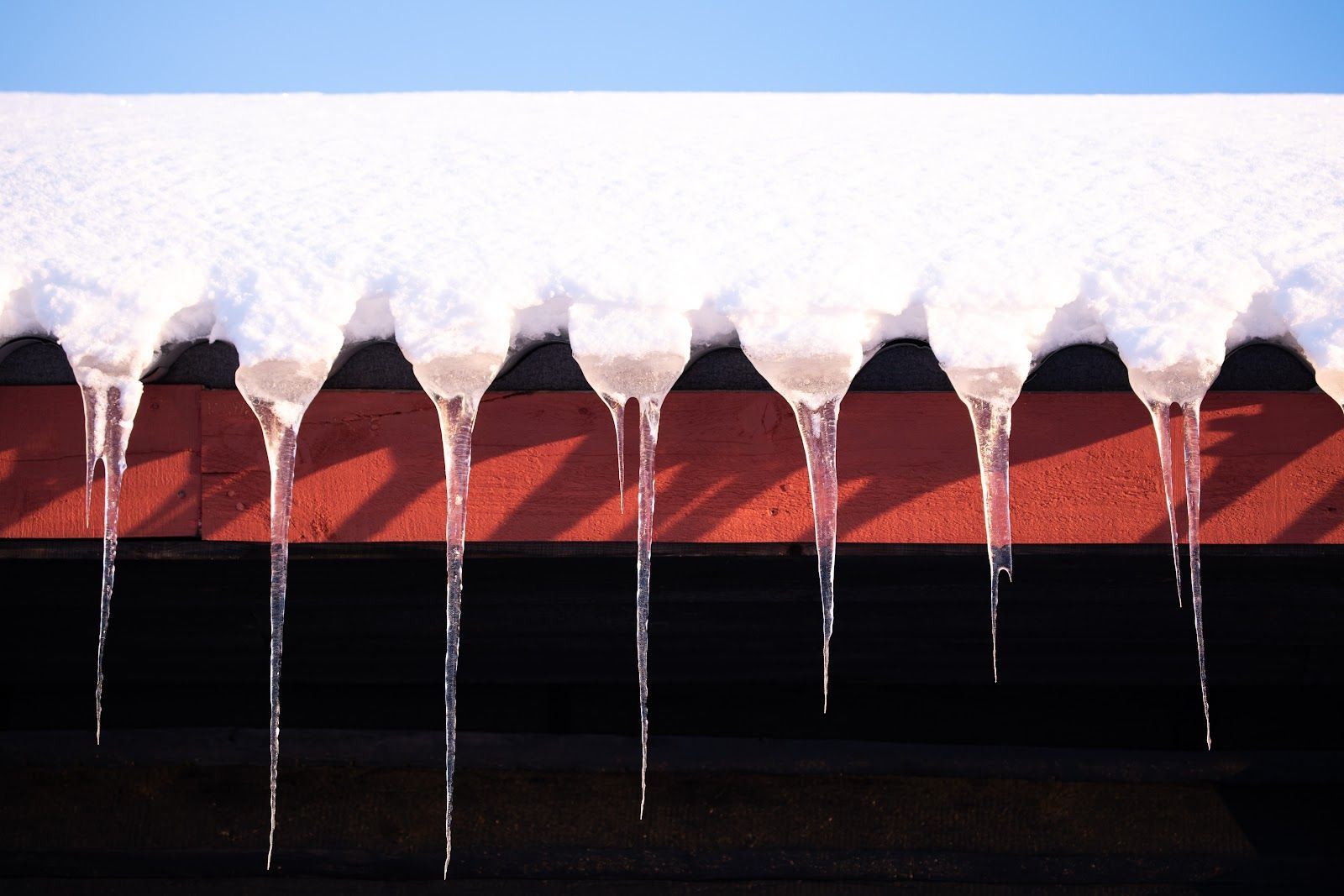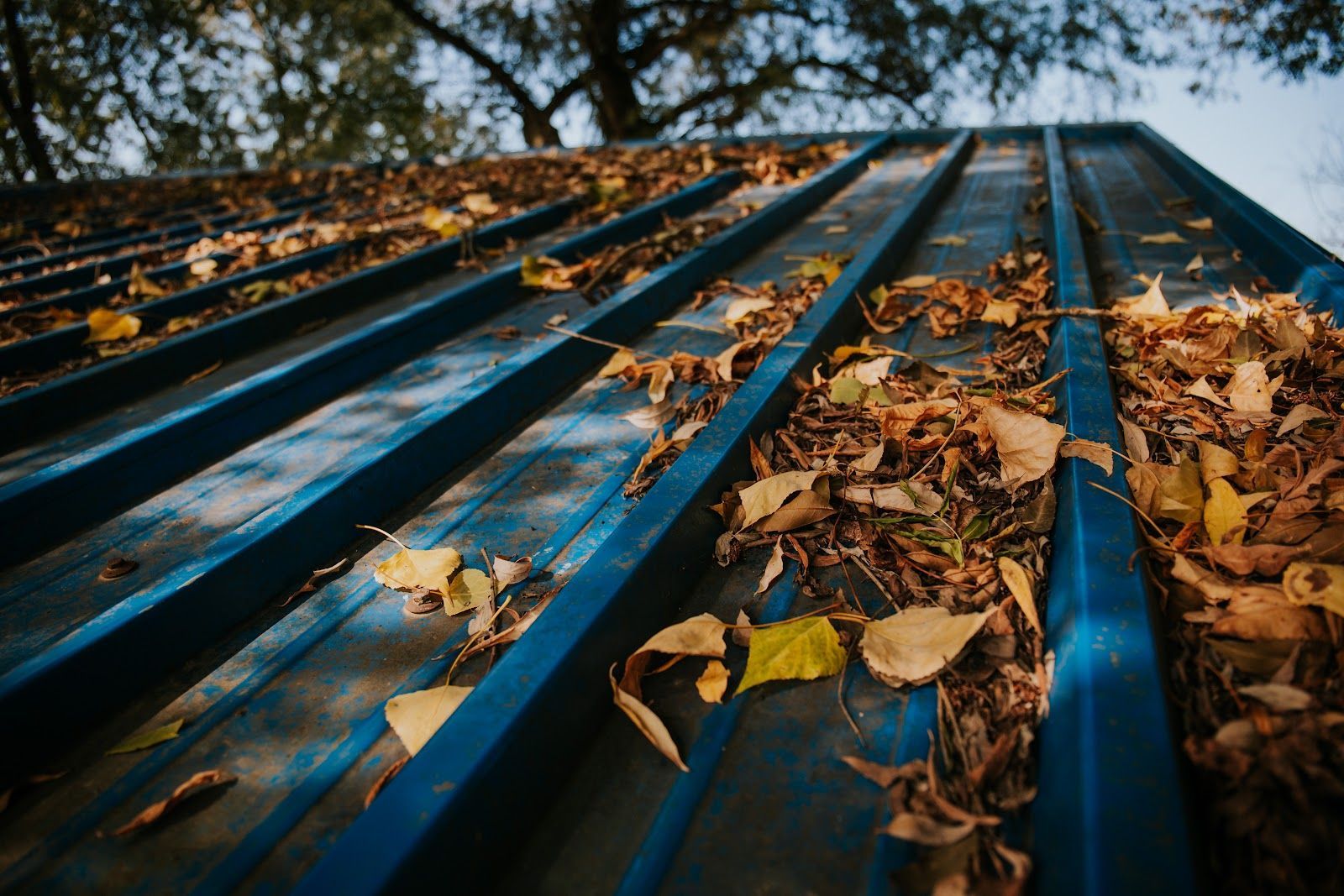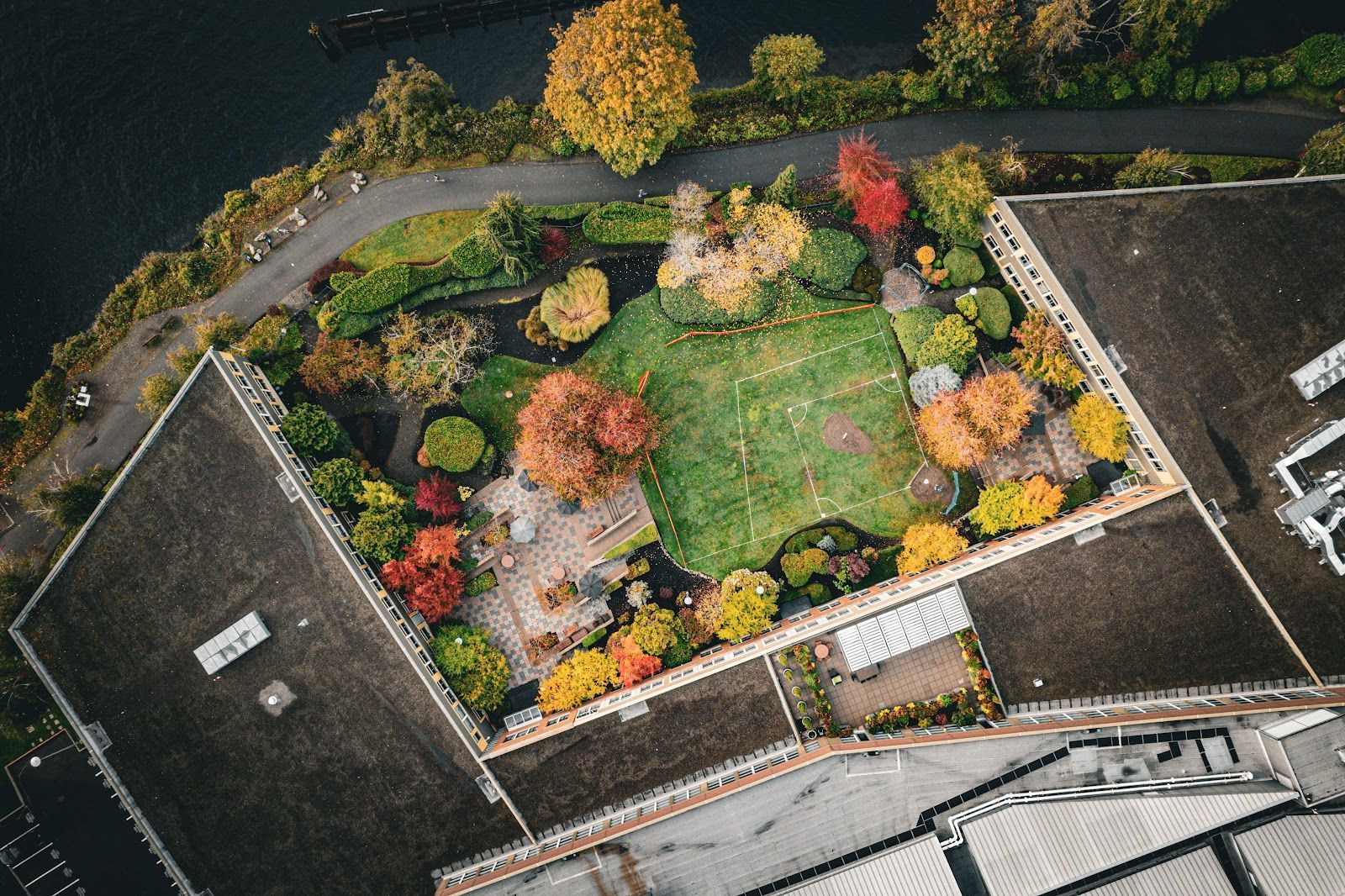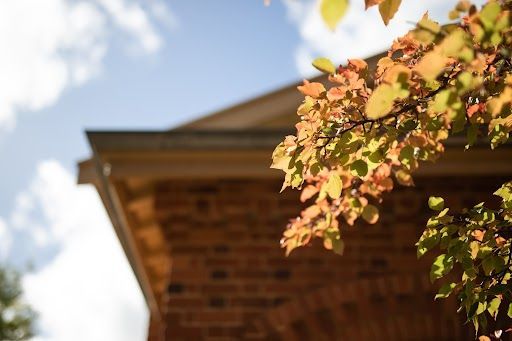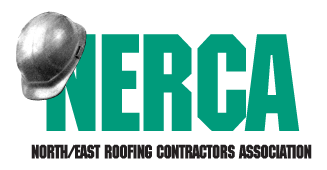How to Prevent Algae and Moss On Your Roof and How Professionals Treat It
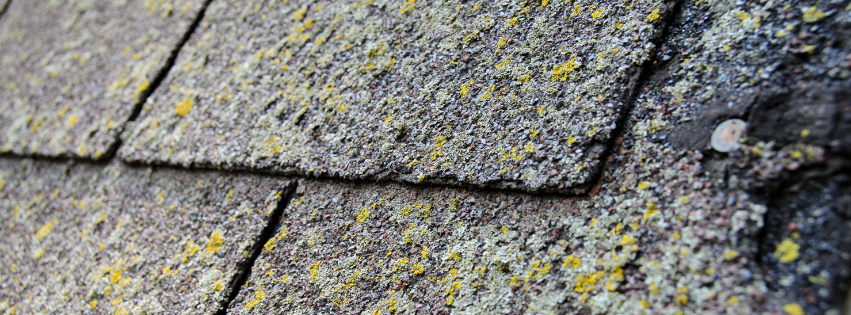
Protecting Your Roof from Algae and Moss
Prevention and Treatment
Maintaining a pristine roof is crucial for the overall health and aesthetics of your home. Algae and moss can compromise both, leading to unsightly stains and potential damage. Understanding how to prevent these growths and how professionals treat them can help homeowners maintain their roofs in optimal condition. In this blog post, we'll explore practical prevention tips and professional treatment methods for algae and moss on roofs.
Understanding Algae and Moss Growth
Algae
Algae typically appears as black streaks on roofs. It thrives in humid environments and feeds on the limestone filler commonly found in asphalt shingles. Algae can retain moisture, leading to roof deterioration over time.
Moss
Moss tends to grow in shaded, moist areas of the roof. Unlike algae, moss has a thicker, spongy texture and can lift shingles, causing potential water damage and leaks. Moss growth can also trap debris and moisture, accelerating the deterioration process.
Prevention Tips
Preventing algae and moss growth on your roof involves a combination of proactive maintenance and strategic choices.
1. Regular Cleaning
Regular roof cleaning is essential to prevent the buildup of debris, which can retain moisture and create an ideal environment for algae and moss growth. Using a leaf blower or a soft brush, remove leaves, branches, and other debris from your roof.
2. Trim Overhanging Branches
Overhanging branches provide shade and retain moisture, creating perfect conditions for algae and moss. Trimming these branches allows more sunlight to reach your roof, keeping it drier and less hospitable to these growths.
3. Ensure Proper Drainage
Check your gutters and downspouts regularly to ensure they are clear of debris and functioning properly. Effective drainage prevents water from pooling on the roof, reducing the likelihood of moss and algae growth.
4. Install Zinc or Copper Strips
Installing zinc or copper strips along the ridge of your roof can prevent algae and moss growth. When it rains, small amounts of metal are released onto the roof, creating an environment that inhibits the growth of these organisms.
5. Choose Algae-Resistant Shingles
When it’s time to replace your roof, consider algae-resistant shingles. These shingles are treated with copper granules that prevent the growth of algae, ensuring your roof stays cleaner for longer.
Professional Treatment Methods
If algae and moss have already taken hold, professional treatment is often necessary to safely and effectively remove them.
1. Soft Washing
Soft washing is a low-pressure cleaning method that uses specialized solutions to kill algae and moss without damaging the roof. Professionals apply a mixture of water, bleach, and detergents to the affected areas, allowing it to sit and break down the growth before rinsing it away.
2. Manual Removal
For thick moss, professionals may use manual removal techniques. This involves gently scraping off the moss with specialized tools, ensuring that the shingles are not damaged in the process. After removal, a treatment solution is often applied to prevent regrowth.
3. Chemical Treatments
In some cases, professionals use chemical treatments to address severe algae and moss infestations. These treatments involve applying algaecides or moss killers that penetrate the growth and eliminate it at the root. Follow-up treatments may be necessary to keep the roof clear.
4. Preventive Treatments
Once the roof is cleaned, professionals can apply preventive treatments, such as fungicides or algaecides, to deter future growth. These treatments can provide long-lasting protection and help maintain the roof's appearance and integrity.
Preventing algae and moss on your roof requires a proactive approach that includes regular maintenance and strategic preventative measures. When infestations occur, professional treatments such as soft washing, manual removal, and chemical treatments can effectively restore your roof’s appearance and function. By understanding these prevention and treatment methods, homeowners can protect their roofs, ensuring they remain clean, durable, and aesthetically pleasing. For comprehensive roof care, consider consulting with a professional roofing service to keep your roof in top condition.
